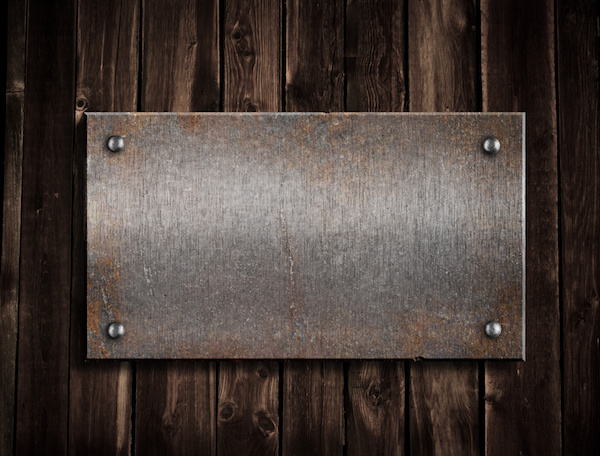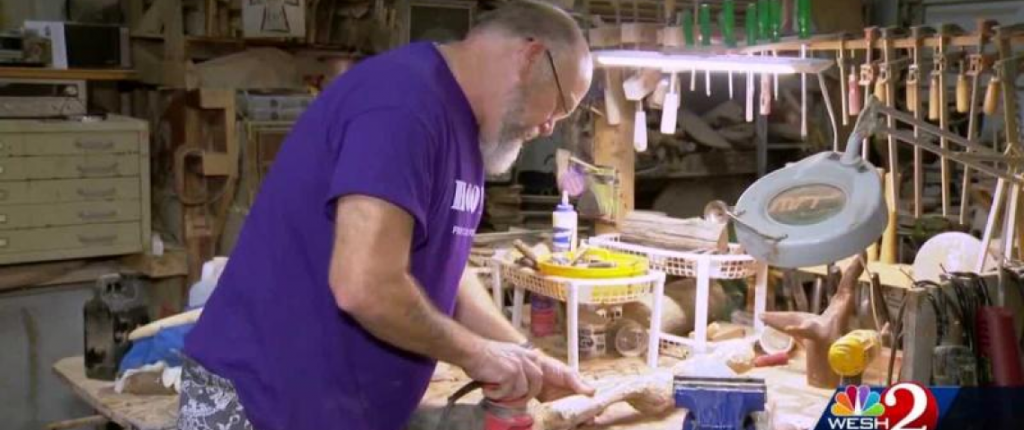Choosing the right material for your nameplate substrate takes some thought and consideration. You have to determine a few things like what will the nameplate be mounted on, how many times someone will use it, what will the surrounding environment be like that the nameplate is used in, and a few other considerations. Here is an overview of some of the common substrates used on nameplates and their benefits.
Nameplate Substrate Materials
The substrates are typically made out of:
- Aluminum
- Polycarbonate
- Polyester
- Vinyl
Aluminum is typically used for metal appliances and machines since it is a cost-effective option over brass and stainless steel. It has the versatility to mimic stainless steel, brass, and bronze so you get the same look you want if you used the other metals. Aluminum is also malleable so it can easily be shaped into different designs. The graphics on aluminum nameplates outshines stainless steel in the sharpness of designs embossed onto the material.
Aluminum is also a hearty material that can stand up to various environmental conditions. It is corrosive resistant and won’t rust whether it is used indoors or outdoors, and it is able to handle to handle ultraviolet rays when placed outside in the sun.
Polycarbonate is used to make plastic nameplates. Like stainless steel, it holds up well in harsh environments (both indoors and outdoors) and is resistant to scratches, dents, and many chemicals. Polycarbonate nameplates are regularly used for things like landscaping tools, recreational vehicles, warning signs, and more.
Polyester is highly resistant to ultraviolet rays and is used in nameplates that are expected to stay outside in the sun. It also has a high tensile strength that allows the nameplate to be stretched and not break. The lightweight material is easy to cut while still being resistant to scratches and chemicals.
Vinyl comes in permanent and destructible versions. The permanent vinyl is made using petrochemicals and salt that makes it resistant to high humidity and/or moisture levels. The vinyl nameplate can come with an adhesive backing so you can stick them to almost any surface as long as it is clean and smooth.
Destructible vinyl nameplates are used for special purposes like sealing cargo doors going through customs or door panels on electrical equipment where you need to tell if an unauthorized person tried to break into an HVAC unit or cargo trailer. The vinyl nameplates are practically impossible to remove without it tearing and breaking apart.
If you are having trouble deciding which material is best to use for your situation, you should call us at Hallmark Nameplate to help you figure it out which material you need to accomplish your goal. Our seasoned personnel has seen it all when it comes to nameplates and they can guide you based on years of experience and know-how from making nameplates for a wide variety of clients and industries.




